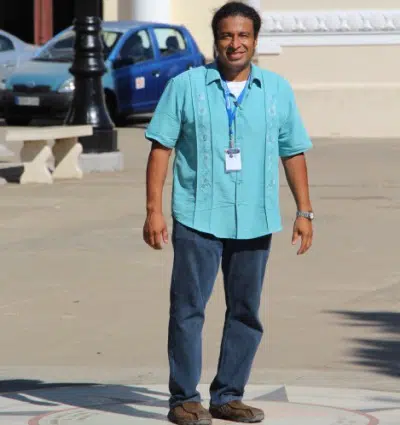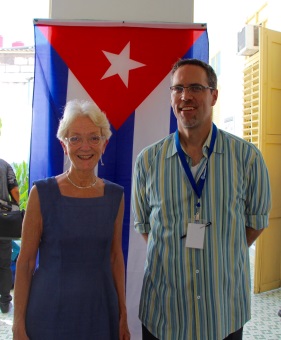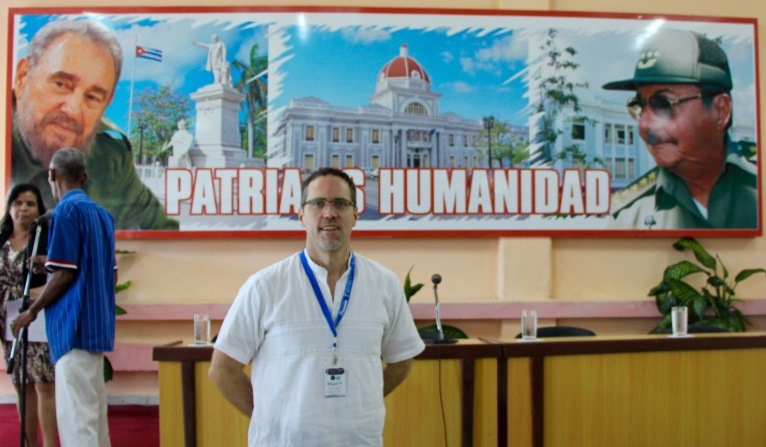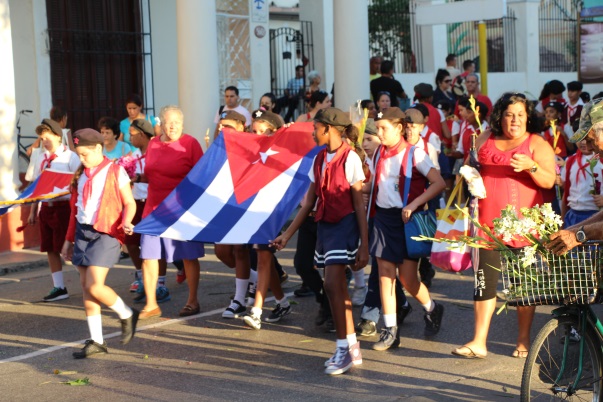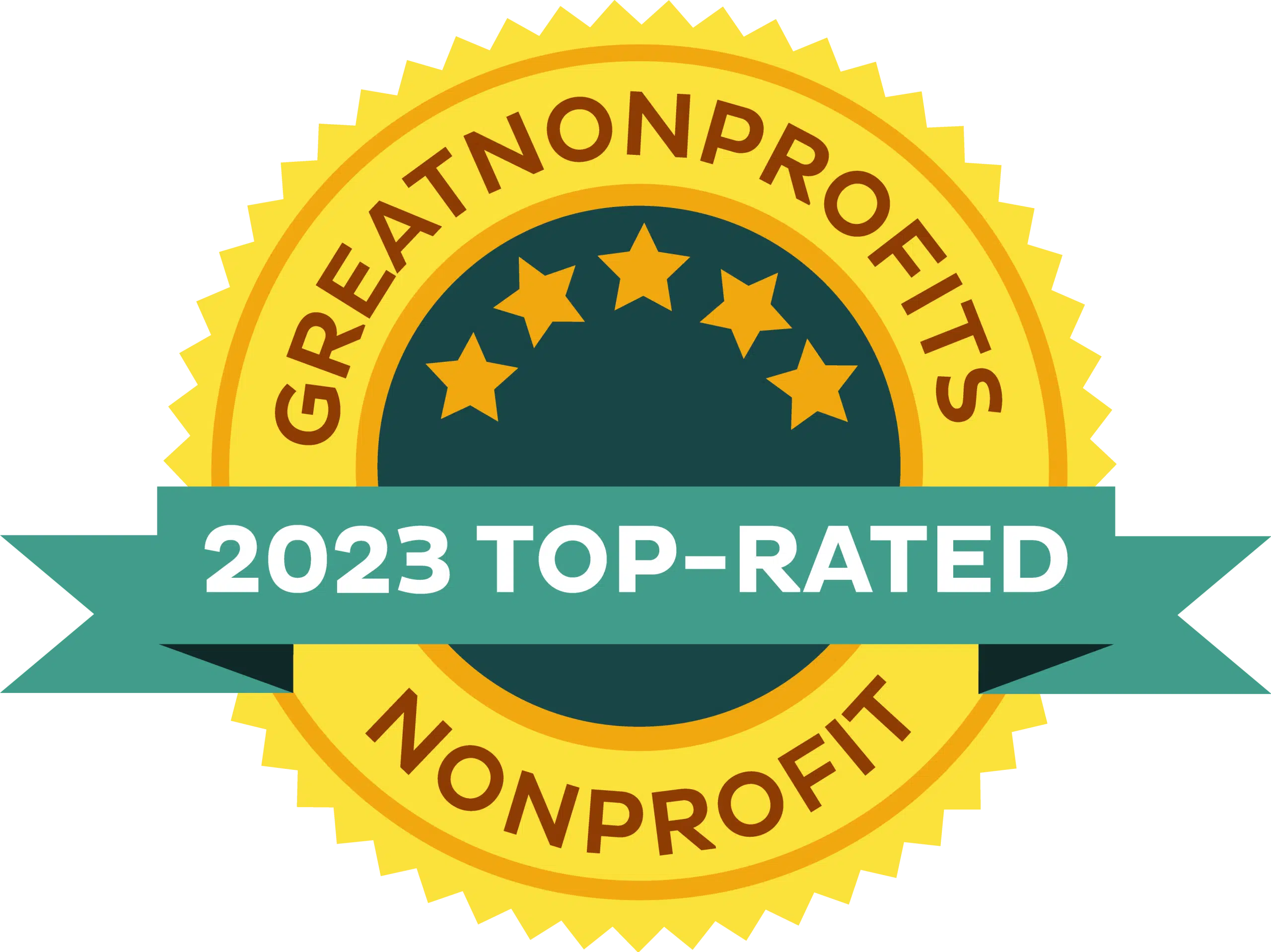The first time I met Dairo Moreno was at a 100,000 Strong in the Americas Capacity Building Workshop at Northeastern University in Boston, which I was co-leading. Dairo is the President of Civitas GES, “an educational services provider focused on creating bridges between cultures and nations through education and exchange.” He was there to learn about how 100,000 Strong in the Americas, President Obama’s signature education initiative in the Western Hemisphere, expands study abroad opportunities. The program has an ambitious goal that we are working hard to achieve: to increase the number of U.S. students studying in the Western Hemisphere to 100,000 annually, and the number of Western Hemisphere students studying in the United States to 100,000 annually by 2020. New statics released this week show that this effort is working: The Latin America and Caribbean region is now the fastest growing region in the world for U.S. study abroad (inbound and outbound).
Dairo later invited me to represent Partners of the Americas and 100,000 Strong in the Americas in Cuba for Civitas GES’ “1st Annual Workshop of Strategic Alliances for the Internationalization of Higher Education” (Cuba TIES 2015). I was thrilled to attend. This past October I traveled to the island nation, becoming the first Partners of the Americas employee to visit Cuba on official business.
Cuba TIES 2015 marked the largest delegation of U.S. colleges and universities to travel to the city of Cienfuegos. I traveled to Cienfuegos accompanied by partners of 100,000 Strong in the Americas, including a strong delegation from NAFSA: Association of International Educators. We were there with a mission – how can we help further internationalize higher education between Cuba and the U.S.?
My expectations for my trip were shaped by decades of information from afar as well as the occasional report-out from friends and colleagues about their informal excursions to the Island. I couldn’t count on one finger the number of Cuban friends and partners I knew. Thankfully, this has changed.
The University of Cienfuegos graciously hosted Cuba TIES 2015. The four-day conference was designed and envisioned by Dairo, as well as staff and faculty from the host university. The conference focused on three primary goals: Foster the current debate over the sustainability of Internationalization at Higher Education Institutions; Exchange criteria and find work strategies to further integrate international development in university communities; and Contribute to the professional and scientific development of university staff responsible for international relations.
After NAFSA Executive Director Marlene Johnson’s opening remarks, Jill Welch, NAFSA’s Deputy Executive Director of Public Policy and Advocacy, and I presented our progress in building international higher education exchange programs, as well as our vision for the future. In less than two years, our public-private partnership has involved 1,500 colleges and universities, engaging more than 550 in bi- and multi-lateral partnership proposals to increase study abroad to help prepare students for the 21st century workforce. We have raised $7 million, $5 million of which is from the private, foundation, and non-U.S. government sectors. The University of Cienfuegos, as with many Cuban universities, is no stranger to international collaboration, having engaged in academic exchange and partnership with many countries (although much less frequently with U.S. higher education) for years. The conference agenda focused on sharing academic papers related to higher education internationalization. We believe that by fostering innovative long-term institutional partnership between colleges and universities in the U.S. and Cuba, we can advance the goals of our respective countries and communities around areas of common interest.
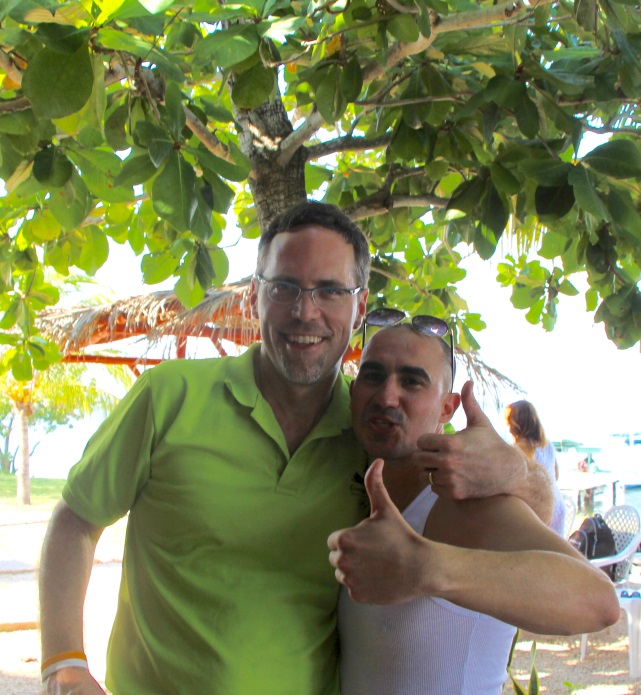
Friendships and off-the-clock networking was not only limited to our Cuban colleagues, but also with others who traveled to Cuba for the event. In the late 1990s, a Cuban law that once made it illegal to operate a home as a bed-and-breakfast business changed, and I had the great pleasure of sharing my homestay (“Casa Particular”) with Guillermo Grenier, a professor at Florida International University (FIU). The husband and wife team that hosted us told us about the rise in visitors recently, particularly from Europe, aiming to visit Cuba before a potential influx of visitors from the U.S. Casas Particulares are dramatically expanding the hosting capacity in a country with an insufficient amount of hotels for tourism.
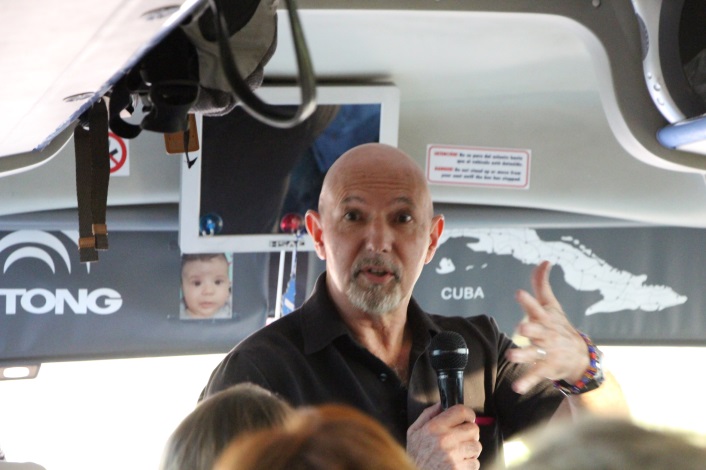
My trip was a quick one, looking at one city through a lens of higher educational partnership. While not everyone could or would say it aloud, the apprehension and hope of changing times filled the air. I know I share the desires of many members of the Partners of the Americas’ network when I yearn to connect with the Cuban people, to learn from their experiences, and to share the relevant experiences Partners has gained over the past half-century in building lasting partnerships across the region.
On the penultimate day of our stay, our hosts took us out for a beautiful meal and party by the water outside of Cienfuegos. And that final day, conference attendees from across the Americas and across Cuba were not at the podium, in plenary, or flying through a PowerPoint; we were breaking bread together, dancing, swimming, and most of all, building friendship and trust. And that, in the end, is the most important foundation upon which to build during a time of change.
Edited by Mary Henkin
